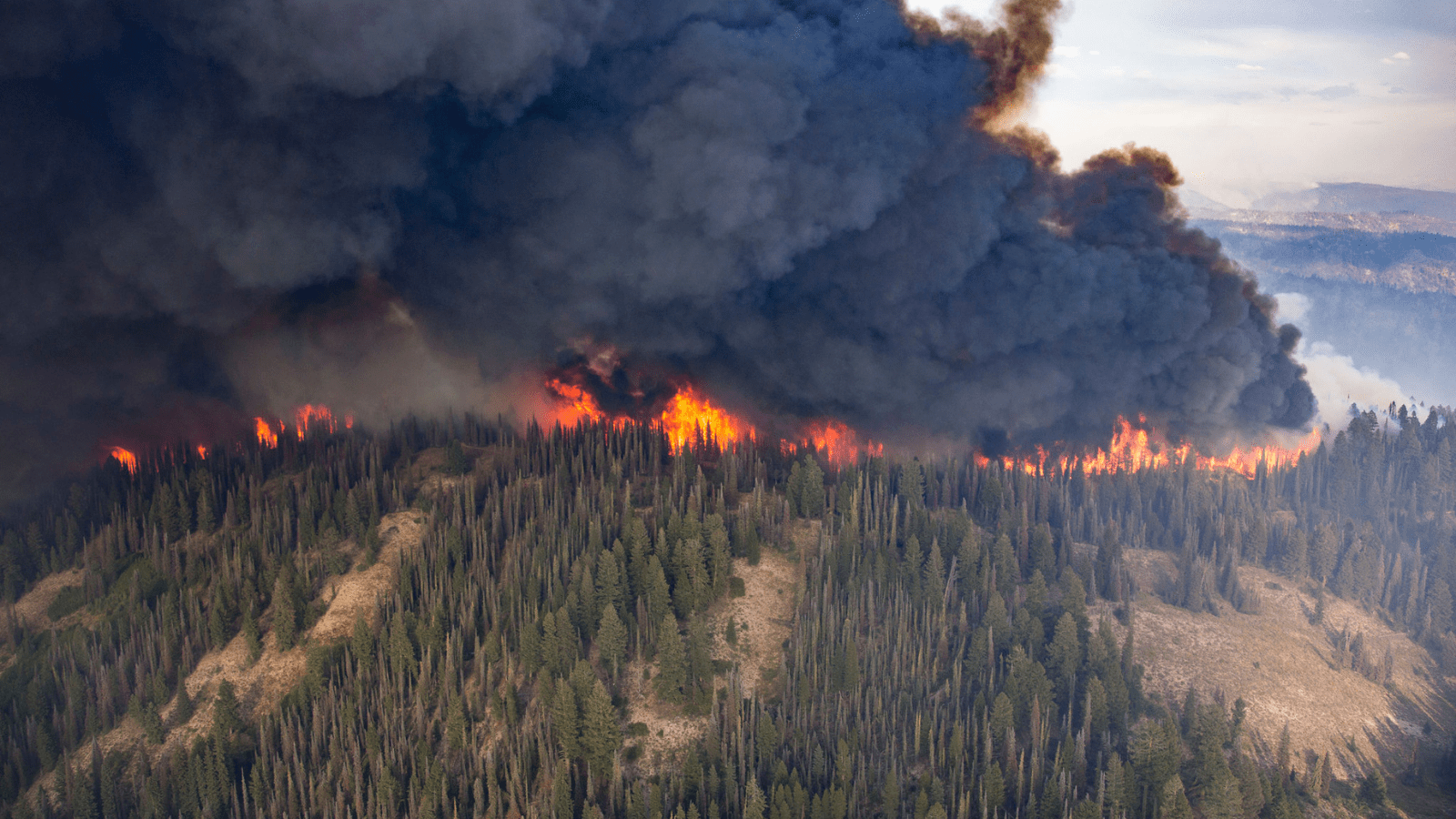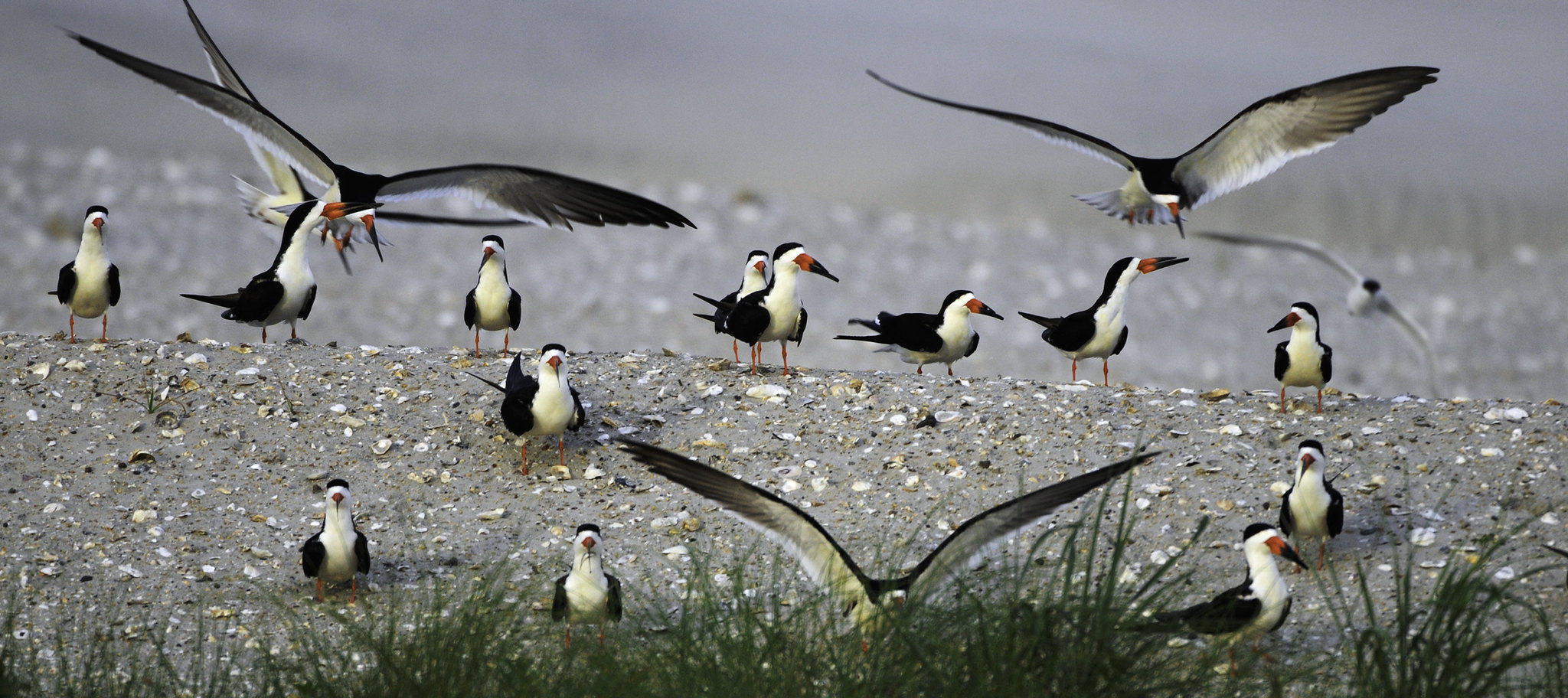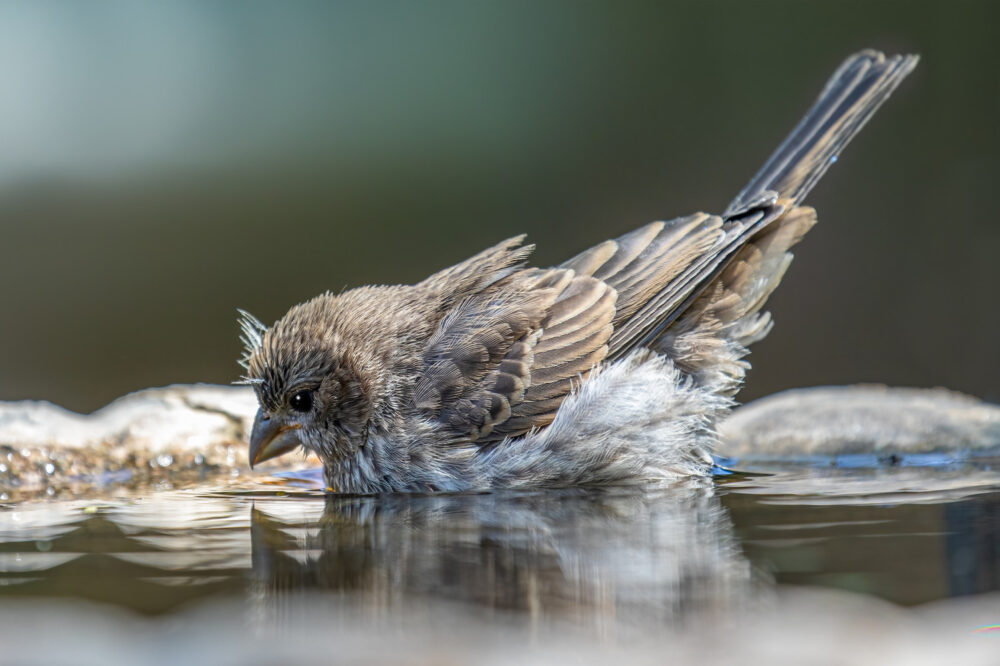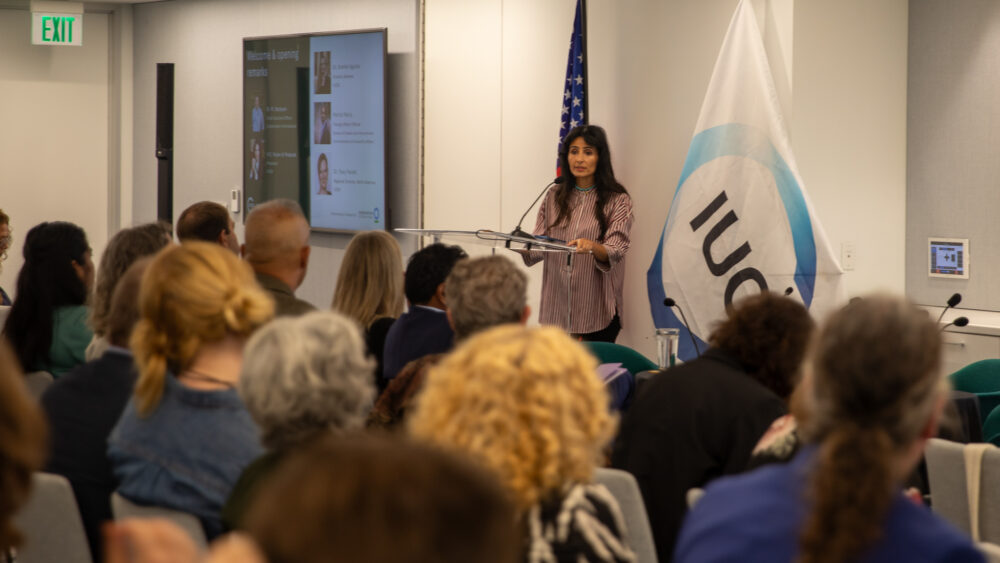We have much more to do and your continued support is needed now more than ever.
Unnatural Disasters Story 3.0
Documenting How Climate Change Continues to Take its Tole on Wildlife and Human Communities

In the midst of a historic summer of wildfire, drought, and extreme heat, the National Wildlife Federation has released the third iteration of Unnatural Disasters, an interactive story map that illustrates how recent extreme weather events are affecting wildlife and human communities across the United States.
We call these “unnatural” disasters because they have been worsened by human-caused climate change. This new version adds dozens of new examples to the map that have occurred over the last two years, a reflection of how increasingly common they have become.
What’s New
This year, alone, has offered plenty of examples so far. Much of the West is currently suffering through a historic wildfire season, record-breaking heat waves and drought are damaging fragile ecosystems and killing wildlife, and the current hurricane season could rival last year’s devastating pace.
The map makes clear that no part of the country remains untouched by the impacts of climate change, nor the planet as a whole. Yet, some areas and communities bear the burden more than others. The latest version acknowledges this, including for the first time a discussion of how climate-fueled disasters disproportionately impact the same low-income or communities of color that have historically suffered from environmental injustice.
The International Panel on Climate Change’s (IPCC) most recent report highlighted the fact that the local effects of climate change such as those documented on our story map are only going to get worse in the near future until the global community takes bold action necessary to eliminate emissions. Despite this daunting prediction, the report includes a pathway of hope, through which there is still an opportunity to change course and avoid the worst climate consequences.

Our story map, too, offers signs of hope. Communities across the country are identifying their risks, engaging with vulnerable populations, and planning for a changing environment in order to stay resilient towards climate-fueled natural disasters. Aside from drastically reducing global greenhouse gas emissions, there is not a one-size-fits-all solution for every place or region. This problem needs comprehensive, robust, and unique strategies at every scale.
Our elected officials need to take these threats to human lives and wildlife populations seriously. Federal policies can both reduce greenhouse gas emissions as well as better prepare communities and wildlife for the effects of these unavoidable disasters. It is not too late for us to slow down and reverse the path we are on, but we must act now.
View the interactive disaster map here to learn more about how climate change could be impacting disasters in your state.
TAKE ACTION




















